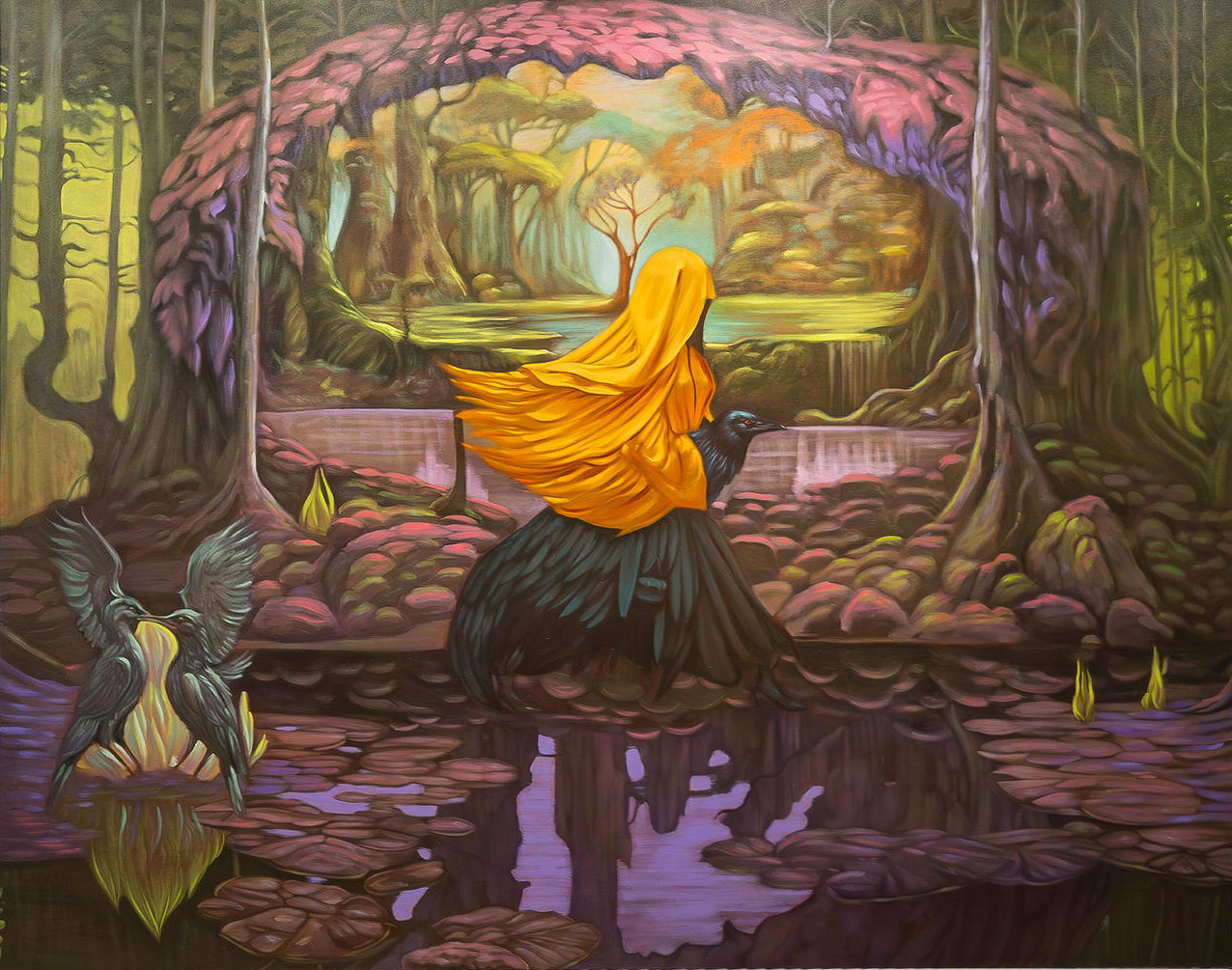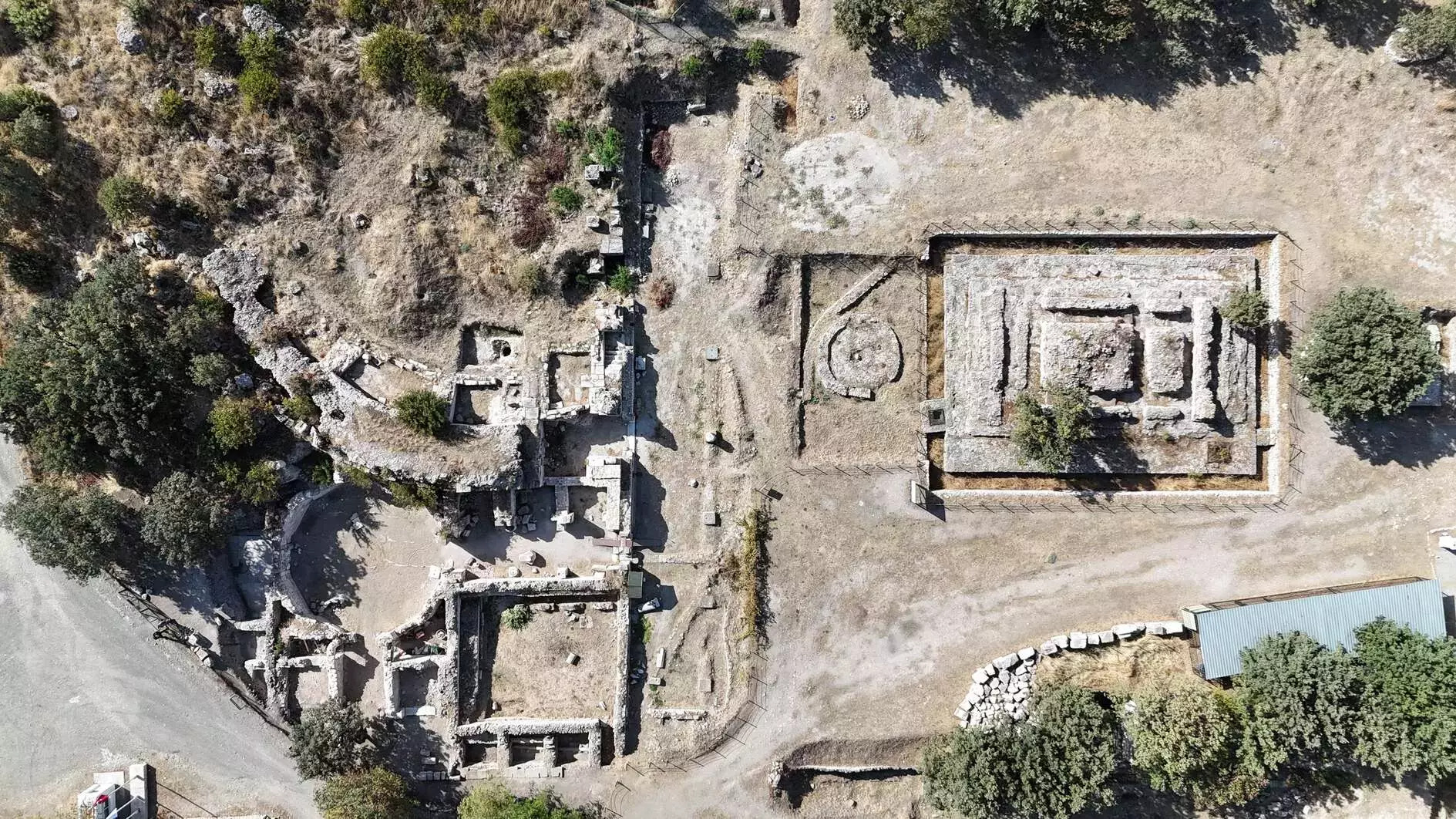Amidst the ongoing conflict between Israel and Palestine, a powerful new exhibition at London’s P21 Gallery offers a glimpse into the resilience and creativity of Palestinian artists. Curated by the Palestine Museum U.S. in collaboration with P21 Gallery, Art of Palestine: From the River to the Sea presents the work of 25 Palestinian artists, including several currently trapped in Gaza, whose artistic expressions have endured under unimaginable circumstances.
This exhibition, running until December 21, 2024, marks the second time the museum has exhibited at P21 Gallery, which is dedicated to contemporary Arab art and culture. Through this showcase, it highlights the impact of decades of conflict on Palestinian culture, emphasizing the survival of artistic identity in the face of devastation.

Faisal Saleh, founder of the Palestine Museum U.S. and curator of the exhibition, expressed the deep importance of these artists being able to share their work, particularly those living under the constant threat of violence. “Psychologically, it’s just evidence that they’re still alive,” Saleh explained. For artists like Mohammed Alhaj, whose ink sketches chronicle daily life in Gaza during the war, art is a declaration of existence. His ongoing series I’m Still Alive stands as a testament to the endurance of the human spirit amidst chaos.
Also included in the exhibition are poignant drawings by children who survived Operation Cast Lead, Israel’s military offensive in Gaza in 2009. Created as part of an art therapy program, these works reflect a haunting reality—images of airplanes dropping bombs serve as painful reminders that, for many Palestinian children, war has been a constant presence in their young lives.
Due to the current blockade, transporting original artwork out of Gaza is nearly impossible. As a result, the exhibition features digital prints of the works created by artists unable to leave the region. Saleh, who has maintained communication with many of these artists despite severe internet outages, speaks to the devastating loss of culture and art in Gaza. “Most artists in Gaza lost all their artwork. It got destroyed with the bombings. Art museums, libraries, bookstores—anything tied to culture and art in Gaza has been deliberately destroyed,” he remarked.

Among the artists featured is Khalil Khalidy, a doctor and artist who chose to stay in Gaza, treating the wounded amidst the ongoing conflict. His striking pieces, created using the blood of victims who died in his hospital, are both heartbreaking and visually delicate, paying tribute to the countless lives lost. One particularly moving work depicts a young girl crying as she eats a popsicle, referencing the grim reality that ice cream trucks have been repurposed as mobile morgues to accommodate the rising death toll.
Alongside contemporary works, the exhibition includes pieces from the Palestinian History Tapestry project—100 intricately embroidered works created by Palestinian women in refugee camps, capturing the cultural history of their homeland through the labor of their hands.
The exhibition’s title, From the River to the Sea, refers to the geographic area between the Jordan River and the Mediterranean Sea—historically Palestine, now predominantly part of Israel. While the phrase is controversial, Saleh asserts that the title is simply a reflection of fact. “There are Palestinians who live from the river to the sea, in Haifa, Jaffa, and the West Bank under occupation. We’re showing the art of these people, and they happen to live in this region.”
This profound exhibition offers more than just a window into Palestinian art—it serves as a powerful reminder of the enduring resilience of a people whose cultural identity persists despite overwhelming odds.







